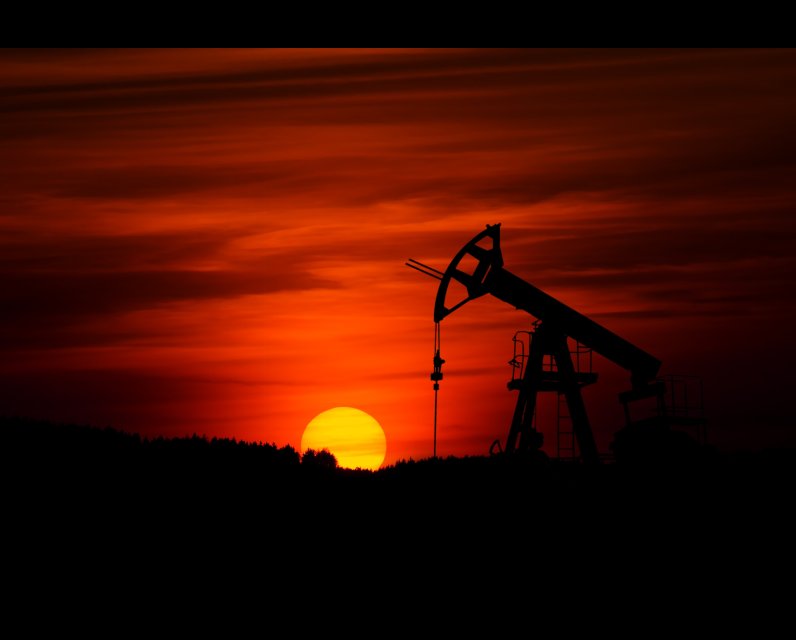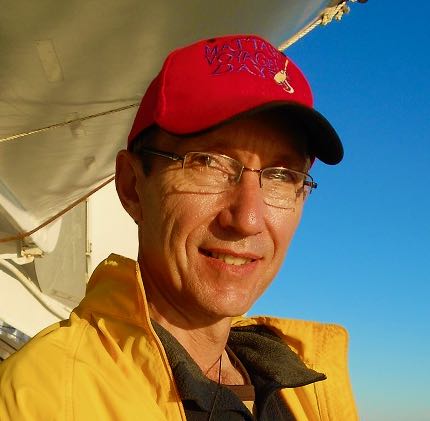Unpublished Opinions
Guy Talevi was 2022 Fundraising Chair for the Green Party of Ontario in Ottawa Centre. He lives in Ottawa.
Canada Is An Energy Colony

As our reserves of conventional oil and gas decline, it is time to place Canada’s needs above those of North America.
What kind of energy superpower imports forty per cent of its oil? Canada cannot act decisively on the latest IPCC report if we remain an energy colony, serving America’s needs first.
Canada relies on foreign oil to power Atlantic Canada and Quebec. About half of that comes from the U.S., while our second biggest supplier is the Saudis, providing ten per cent.
If we are energy insecure, can we be energy sovereign? Recent diplomatic spats with both the U.S. and the Saudis suggest the unflattering truth.
Meeting Domestic Needs First
With only a decade of proven conventional supply, this is a matter of both national pride and pragmatism. Domestic needs should be met first by domestic resources.
To that end, the United States-Mexico-Canada Agreement (USMCA), free of energy proportionality and NAFTA Chapter 11, enables a secure path to a low carbon future.
The eco-energy security strategy outlined by Gordon Laxer in his book “After The Sands” explains how. To reach Canada’s federal emissions target, bitumen production must be replaced over fifteen years with a clean economy. And ending bitumen production will conserve our dwindling supplies of natural gas, needed to last us into a post-carbon world.
Quebec and Atlantic Canada Are Energy Insecure
We are shamefully unprepared for the next oil supply crisis. Ironically, Newfoundland and Labrador is the most energy-vulnerable of the Atlantic provinces, because their one refinery in Come By Chance is unable to process much of the 200,000 barrels per day that their offshore wells produce. Foreign refineries receive most of Atlantic Canada’s oil.
Retooling of existing refineries in Newfoundland and St. John would allow almost all of Atlantic Canada’s demand to be met by Newfoundland’s offshore production. Western Canadian product shipped through Quebec could make up the rest.
Western Canada can supply all of Quebec’s oil needs. The 2015 re-reversal of Enbridge Line 9 has cut Quebec’s imports somewhat, but the pipeline carries US shale oil as well as western Canadian crude. Line 9 should carry only Canadian oil.
The Energy East project is dead. In the wake of the Kalamazoo River spill, Canadians demonstrated their unwillingness to risk a leak of diluted bitumen. Now, the line designated for Energy East should be repurposed to provide Quebec with domestic, conventional, non-fracked oil as part of a strategy to secure Canada’s move to a low-carbon future.
Greening Canada
Lowering Canada’s oil consumption is key to this strategy. We are the world’s third largest consumer of oil per capita, and the International Energy Agency (IEA) expects our demand to rise over the next fifteen years. The transportation sector accounts for 60 per cent of that use, hence the need for urban electric rail, separate cycling lanes and inter-city passenger service.
Out of fifty-six economic sectors, petroleum production and mining create the fewest jobs per million dollars spent. Green jobs are much more cost-effective and can help diversify Alberta’s economy. Globally, the green economy has reached $4 trillion, equalling the fossil fuel sector. With its abundant sun, wind and geothermal resources, Alberta could be a renewables showcase.
Conserving Our Natural Gas Resource
Half of Canada’s natural gas production is exported. This must stop. With less than a decade of proven reserves, most natural gas produced by Nova Scotia and New Brunswick is exported to Maine.
The Kitimat LNG project endangers B.C.’s climate plan. Industry analyst David Hughes reports that, as the project uses fracked gas, greenhouse gases (GHGs) would be 27 per cent higher than for the Chinese coal plants the gas replaces. Also, the B.C. Oil and Gas Commission estimates reserves of only 42 trillion cu. ft., far less than the 2,900 trillion cu. ft. reported by the B.C. government. At 2016 production of 1.9 trillion cu. ft. per year, B.C.’s proven natural gas reserves will last 22 years. To honour B.C.’s climate plan and ensure energy security, LNG projects must not be approved.
As a major source of GHGs, the oil sands are ground zero for emissions reduction. To meet the challenge, Alberta must also scale back its gas production. Laxer explains that, not counting gas used for bitumen production, Alberta exports forty per cent of its natural gas south of the border. According to the Alberta Energy Regulator, proven gas reserves are 27 trillion cubic feet. At current production of 3.9 trillion cubic feet per year, Alberta’s proven natural gas reserves will last less than seven years.
Our Way Forward
The petro-elites and their pet politicians are on the wrong side of history, and they know it. But they are not going down without a fight. We must implement Laxer’s eco-energy security strategy despite their resistance, while the planet is still habitable. Canada’s way forward is clear: Retire the oil sands and win energy security while creating jobs in the clean economy of the future.
Note: For footnotes and hyprlinked sources, please see the PDF.



Comments
Be the first to comment